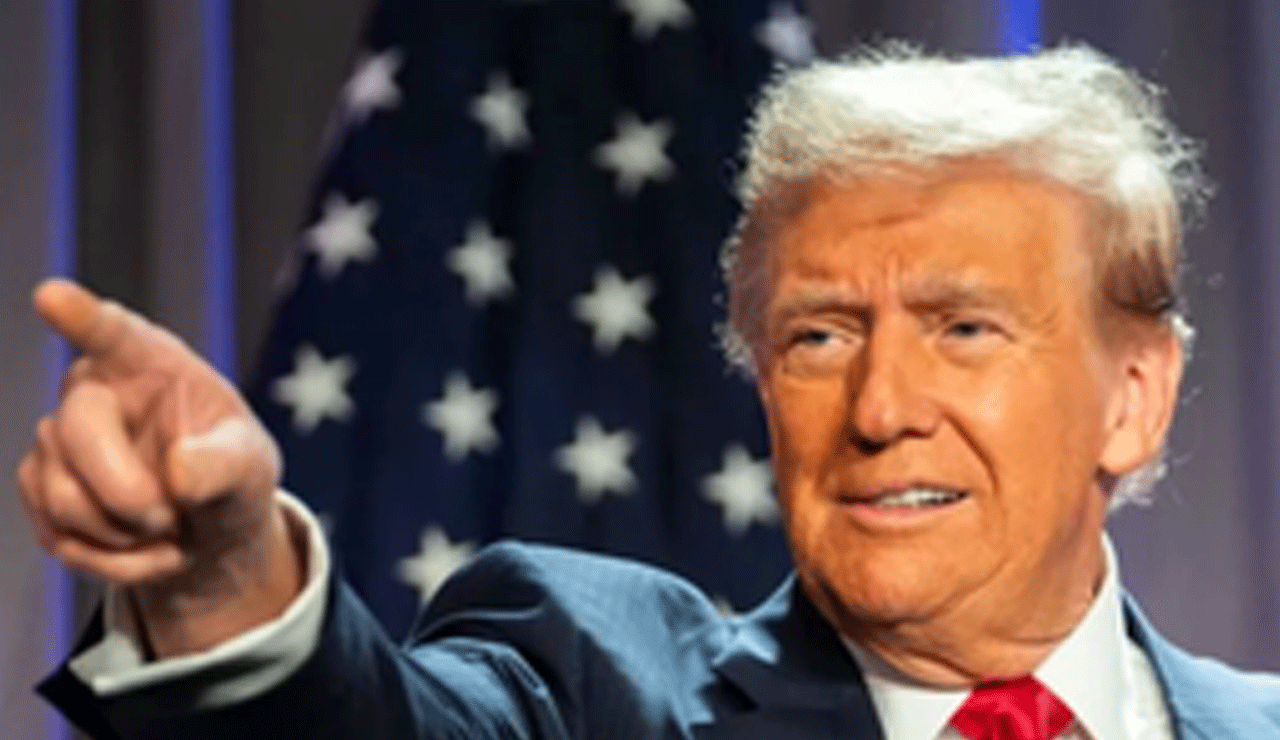Trump’s Administrative Reforms: A Bold Approach to Government Efficiency
In the second term of President Donald Trump’s administration, federal governance reforms have taken center stage, with a particular focus on increasing government efficiency and reducing bureaucracy.

In the second term of President Donald Trump’s administration, federal governance reforms have taken center stage, with a particular focus on increasing government efficiency and reducing bureaucracy. The establishment of the Department of Government Efficiency (DOGE) under Elon Musk has been a critical part of these reforms. This department is tasked with downsizing various federal agencies to cut costs and streamline operations.
DOGE’s Role in Reducing Government Bureaucracy
The Department of Government Efficiency (DOGE) has been given sweeping powers to tackle inefficiencies within federal agencies. Elon Musk, who oversees DOGE, has been instrumental in implementing reforms that target downsizing government departments and ensuring that public services are delivered more cost-effectively. Through executive orders issued by Trump, DOGE has worked to eliminate wasteful procedures and minimize the number of federal employees involved in various tasks.
Table of Contents
Trump’s Vision: Minimum Government, Maximum Governance
Prime Minister Modi’s slogan of “minimum government, maximum governance” resonates with Trump’s approach to federal governance. The Trump administration’s focus on reducing bureaucracy aligns with this vision, as evidenced by DOGE’s significant layoffs and streamlining of operations. Trump has made it clear that he believes in cutting down on unnecessary bureaucracy to ensure that government services are efficient and effective.
Also Read: 682 Indian Nationals Deported from U.S. in 2025: Government Addresses Concerns
Major Layoffs and Restructuring of Key Departments
One of the most notable aspects of Trump’s reforms is the mass layoffs initiated within key federal departments, most prominently the Department of Education and the Department of Health and Human Services (HHS).
- Department of Education: In March 2025, Trump signed an executive order dismantling the Department of Education. The department had already seen nearly 50% of its workforce laid off by March 12. Trump has been vocal about his desire to return education control to the states and criticized the department for promoting what he considers liberal ideologies.
- Department of Health and Human Services (HHS): HHS has also undergone major restructuring under Robert F. Kennedy Jr., with divisions being merged and efforts to reduce the workforce by 25%, saving the government billions.
Controversial Cuts to National Media and Research Funding
Trump’s focus on reducing government spending has also extended to media and research funding. His administration has targeted Voice of America (VOA), accused the organization of bias and threatening its shutdown. Additionally, Trump’s executive orders have led to cuts in federal research grants and a reallocation of funds away from organizations that promote what his administration considers left-leaning ideologies.
Trump’s ‘America First’ Agenda in Governance
Trump’s reforms are not just focused on domestic policy but are also part of his broader ‘America First’ agenda. These changes reflect his commitment to reducing government expenditures, ensuring that American citizens have priority in federal programs, and curbing the influence of what he perceives as foreign or ideological interference.
For instance, changes to immigration policies, the H1B visa program, and border security have been part of this larger vision. The administration’s efforts to restrict illegal immigration and its tough stance on foreign policies like trade and tariffs also reflect this ideology.
Challenges and Legal Battles Over Trump’s Reforms
While Trump’s reforms have received significant backing from his supporters, they have also sparked widespread controversy and legal challenges. Many of the swift changes, such as the large-scale layoffs and restructuring of key departments, have led to lawsuits from civil rights groups and political opponents. Courts have intervened in some cases, halting certain reforms, such as the VOA shutdown, citing concerns about legal and constitutional issues.
The Future of Trump’s Government Reforms
President Trump’s ambitious administrative reforms continue to reshape the federal landscape, with an emphasis on efficiency, cost-cutting, and reducing the size of government. While these changes are polarizing, they are likely to have lasting impacts on the future of American governance, especially as legal battles and policy shifts unfold.
As Trump’s administration presses forward with these reforms, the question remains: will these changes deliver on their promise of a more streamlined and effective government, or will they undermine key services and civil rights protections?
